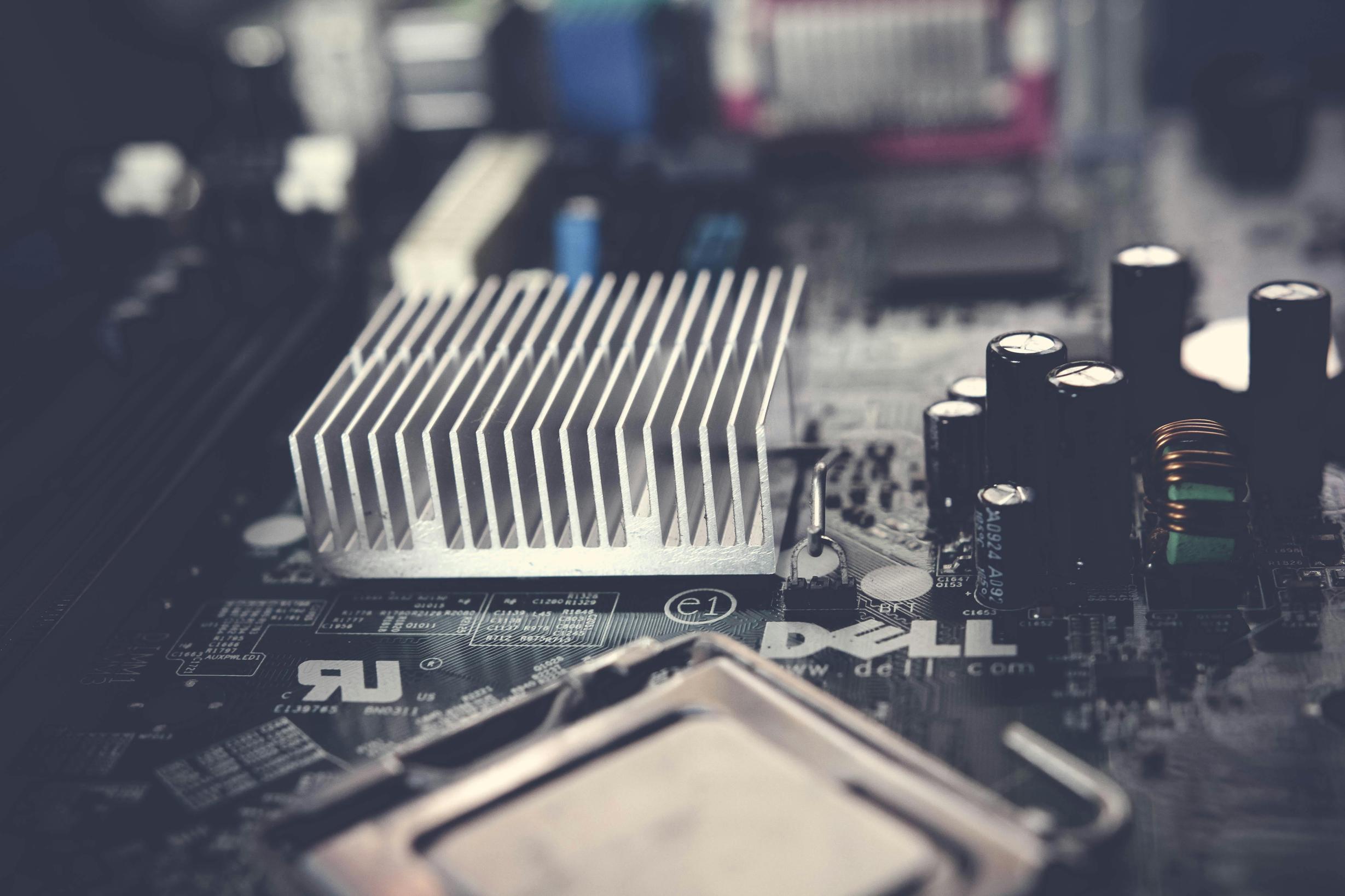How to Turn On Your Dell Computer: A Comprehensive Guide
Introduction
Whether you're a new Dell computer user or just need a refresher, knowing how to properly turn on your Dell computer is essential. We'll walk you through each step to ensure a smooth startup process, whether you have a Dell desktop or a Dell laptop. This guide also includes troubleshooting common startup issues and tips for maintaining your computer in optimal condition.

Preparing Your Dell Computer for Startup
Before powering on your Dell computer, make sure it is correctly set up and ready to go:
-
Connect Power Supply: For desktops, ensure the power cord is securely plugged into both the computer and an electrical outlet. For laptops, attach the AC adapter to the laptop and plug it into an outlet. Double-check that the connection is stable.
-
Connect Peripherals: Attach essential peripherals such as the keyboard, mouse, and monitor (for desktop users). Ensure all cables are properly connected to the respective ports.
-
Check Battery Level: If you're using a laptop, check the battery level to see if it has enough charge. If the battery is low, allow the device to charge for a few minutes before attempting to power it on.
-
Safety Precautions: Ensure your working space is static-free to protect the internal components of your computer. Clean the area around your computer to prevent dust from entering the device.
Understanding how to properly prepare your Dell computer is the first step to achieving a seamless startup experience. With everything in place, we can proceed to turning on your Dell device.
Powering On a Dell Desktop Computer
Starting up a Dell desktop computer is straightforward. Follow these steps:
-
Locate the Power Button: Typically situated on the front of the CPU tower, the power button is usually marked with a circle with a vertical line through the top.
-
Press the Power Button: Give the button a firm press. You should hear a startup sound or see indicator lights turning on in response. This means the computer is now booting up.
-
Monitor Connection: Ensure your monitor is also powered on and connected to the desktop. If the monitor remains blank, check the connection cables and make sure the monitor's power button is pressed.
-
Initial Bootup: Once the power button is pressed, the computer will cycle through a startup process, which may take a few moments. Patience is key here as the operating system loads.
With these steps, your Dell desktop should come alive, and you should see your operating system's login screen on the monitor soon.

Powering On a Dell Laptop
Turning on a Dell laptop involves a slightly different process, as follows:
-
Locate the Power Button: The power button is generally situated around the top-right side of the keyboard or on the side of the laptop casing. It might be marked with an icon resembling a circle with a vertical line.
-
Press and Hold the Power Button: A firm press and a brief hold will trigger the laptop to start. The indicator lights should flash, and you might hear the fans powering up, signifying that the laptop's booting process has begun.
-
Check the Screen: If the laptop screen remains black, try adjusting the screen brightness or ensuring the display isn't accidentally connected to an external monitor setting.
-
Initial Bootup: Similar to desktops, the booting process for laptops will take a moment as it runs initial diagnostics and loads the operating system.
Following these steps ensures your Dell laptop starts up smoothly, bringing you to the login screen and ready for use.
Troubleshooting Common Startup Issues
Sometimes, you might encounter issues when turning on your Dell computer. Here are some common problems and their solutions:
- No Power Response: If your computer doesn't respond when you press the power button:
- Verify the power source. Ensure the power cord is firmly attached to the electrical outlet and the computer.
- Try another outlet or power strip.
-
For laptops, ensure the AC adapter is functional. Test with another AC adapter if possible.
-
Computer Beeps and Fails to Start: Beeping sounds can indicate hardware issues:
- Count the beeps and refer to your Dell user manual, which will outline what each beep code means.
-
Remove and reinsert RAM modules or check for loose connections.
-
Blank Screen After Powering On:
- Check connections between the desktop and the monitor.
- For laptops, try connecting to an external monitor to ensure the screen is functional.
-
Reset the display settings by pressing 'D' while holding the power button.
-
Stuck in a Boot Loop:
- Check for external devices connected to the computer and disconnect them.
- Boot into Safe Mode by pressing F8 during startup and troubleshoot from there.
- Consider running Dell's pre-boot diagnostics by pressing F12 at startup and selecting Diagnostics.
If you continue facing these issues, consulting a specialist or contacting Dell Support might be necessary.
Tips to Maintain Your Dell Computer
Proper maintenance ensures your Dell computer stays in top condition:
- Regular Updates: Keep your operating system and drivers updated to improve performance and security.
- Clean the Hardware: Use compressed air to clean the keyboard, vents, and other external components to prevent dust buildup.
- Antivirus Protection: Ensure you have antivirus software installed and regularly updated to protect against malware and threats.
- Backup Data: Regularly back up your important files to an external drive or cloud storage.
By routinely following these maintenance tips, you can prolong the life of your Dell computer and enhance its performance.

Conclusion
Turning on your Dell computer is a straightforward process once you understand the necessary steps. Whether you have a Dell desktop or laptop, ensuring proper power connections, pressing the power button, and troubleshooting common issues can help you achieve a seamless startup experience. Regular maintenance further keeps your computer running efficiently.
Frequently Asked Questions
What should I do if my Dell computer won't turn on?
First, check the power source and ensure all connections are secure. For laptops, verify that the battery isn't depleted. If these steps don't work, try a different power outlet or strip. For persistent issues, consult Dell Support.
How can I turn on my Dell computer if the power button is not working?
For desktops, you might need to replace the power button or contact support for a more intricate issue. For laptops, see if an external keyboard with a power button could work. If the issue persists, technical assistance might be required.
Is it necessary to keep my Dell computer plugged in all the time?
While desktops can remain plugged in, it's advisable for laptops to prevent overcharging by unplugging once fully charged. This helps in prolonging battery life and efficiency.



